One key strategy to make New York more affordable
Today's post in our Member Blogroll comes from long-time Strong Towns member, Kevin Klinkenberg. Read more from Kevin on his blog.
…and San Francisco, and Chicago, and Portland.
There’s been a lot of chatter lately about how New York City (which almost always really means Manhattan) has hit the tipping point. It’s just too expensive now, goes the current wisdom. Housing is officially out of control. George Hahn wrote a well-shared piece, where he said things like this:
Sure, Manhattan has always been about status and money, but the importance of money here has exploded exponentially. Unless you were born into money, make a ton of it or were lucky enough to grab a rent-controlled apartment when it was possible, you don't belong here.
A little over a year ago, I unleashed a long tweet on this exact topic, especially focusing on the pressures the big coastal cities are facing. While I’m sure my dozens of Twitter followers were captivated, it didn't quite have the depth of content I usually desire. It's high time to correct that flaw, and look more closely at one overlooked facet of this conversation.
And that facet lies in Bangor, Maine.
I spent a bit of time in Maine last month escaping the scorching heat of Savannah in July and visiting family. Walking around downtown Bangor, I couldn’t help but think about that earlier notion that all markets are not local. More on that in a minute, but first a little bit about Bangor for those of you that are unfamiliar.
Downtown Bangor has all of the bones necessary to be very walkable and lively – the kinds of places people are flocking too these days. It has attractive old buildings, a pair of rivers that run through it, craft breweries, hip restaurants and some lovely walking paths. It’s 45 miles from the beautiful Maine coast, and also has the virtue of being inexpensive.
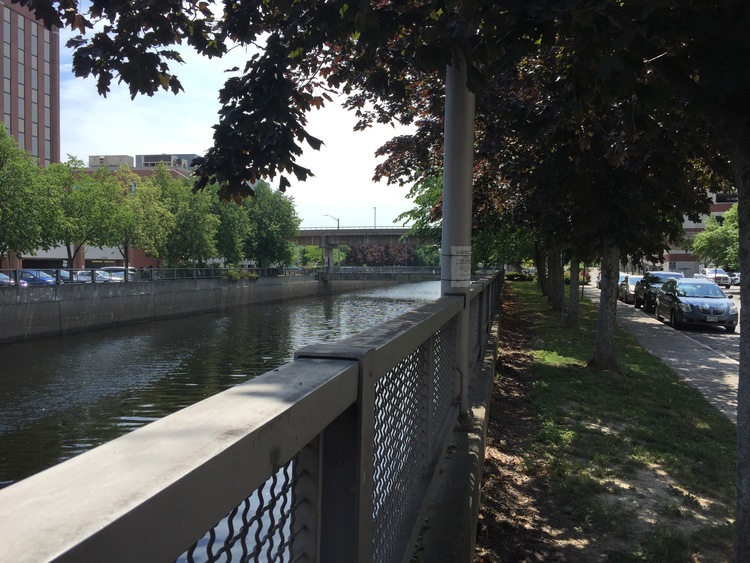
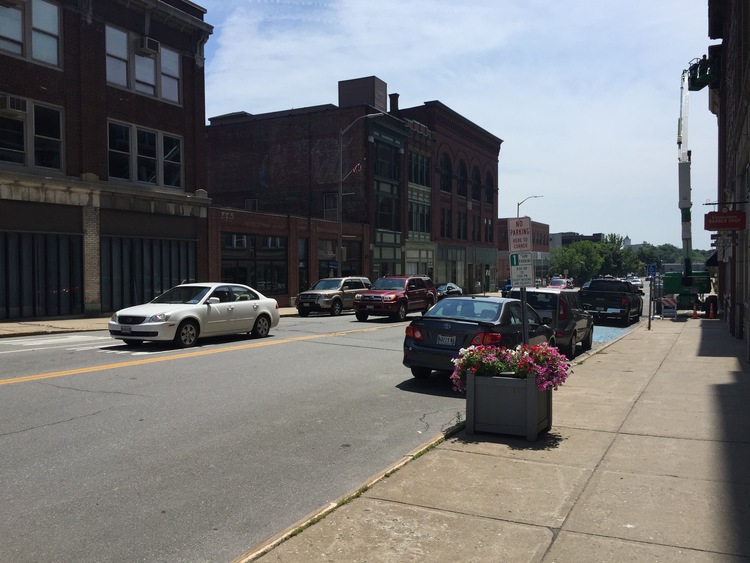
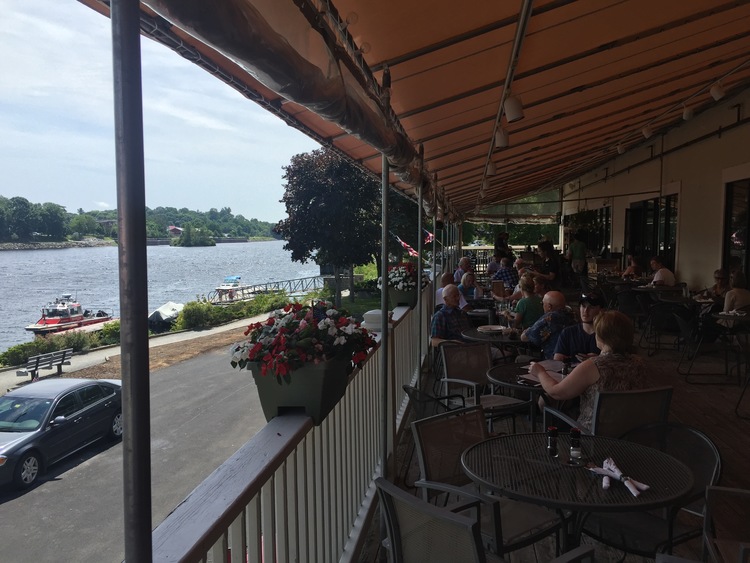
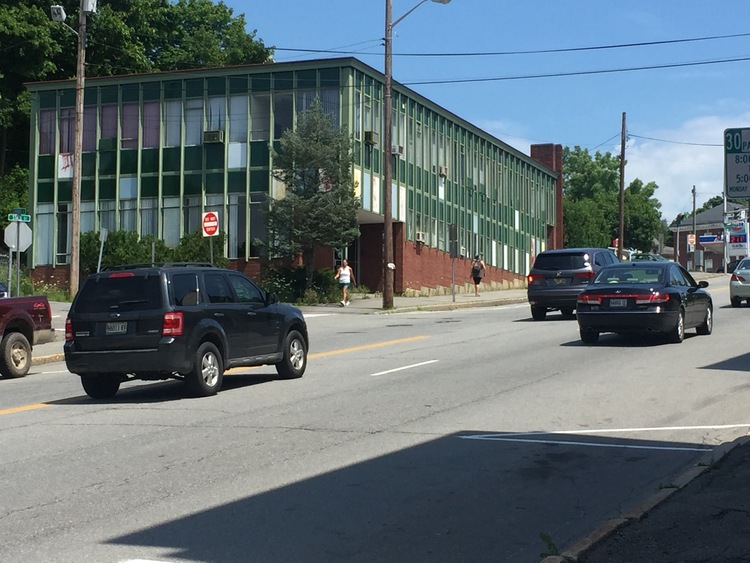
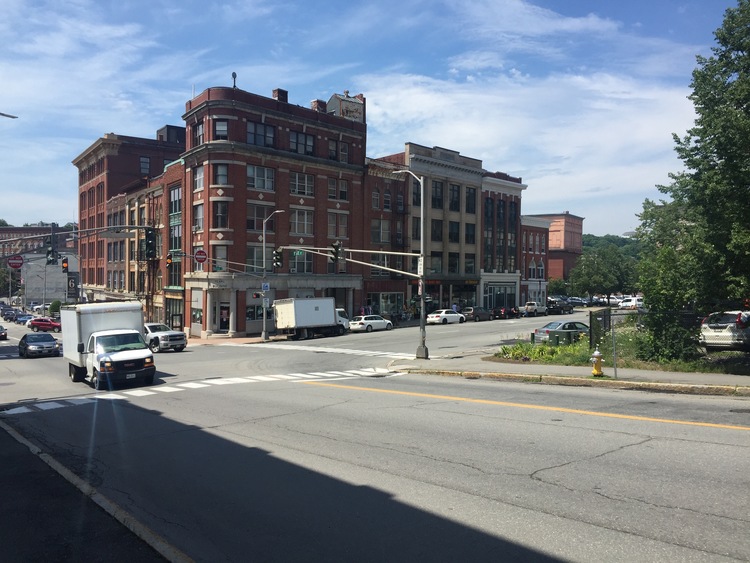
Bangor has what basically every city in America that is older than 1930 and wasn't completely destroyed by highway money and urban renewal has. Bangor is Topeka is Cheyenne is Dubuque is Macon.
These places all have many of the physical elements needed for success, quite frankly because they were built for it originally. What they mostly need is people; people that care about the place, have the energy to make it better, and a deep understanding of what makes walkable places tick.
The standard practice for cities in this predicament is to make their downtowns more accessible to people driving, and to try and lure in a big employer. How has that worked out so far? What has the cost-benefit been for all of the incentives, parking garages and free-flowing traffic? Is there a single city that's used that formula for real, lasting success?
“Walking around cities like Bangor or the dozens of others I’ve visited that are like it, I can’t help but wonder instead about a simple, two-pronged approach: recruit young and young-ish people in more expensive places and then get out of their way.”
Walking around cities like Bangor or the dozens of others I've visited that are like it, I can't help but wonder instead about a simple, two-pronged approach: recruit young and young-ish people in more expensive places and then get out of their way. Yes, literally get out of their way and let them create life. Clear the obstacles, make your zoning and processes streamlined and easy, and get rid of outdated ordinances. Let the people themselves program spaces, improve them and experiment. Don't let private or public sector naysayers stifle their innovation and creativity.
Of course, in the real world I know that that is not enough for folks working in local government and the civic-minded folks who feel the need to do more to be proactive. For them, the formula is also pretty basic: focus on easy, cheap and fast. Plant street trees; make biking easy and walking attractive; clean the sidewalks; narrow up the streets to force cars to slow down; get your police out walking the beat. The more human and welcoming everything feels, the better. By all means, don’t build a lot of new parking; in fact, spend your time trying to heal the scars of previous parking installations.
IMPORTANT POINT: (You know it's important since it's in all caps.) The success of these downtowns do not hinge on people driving in swiftly from the outskirts and parking for free. They hinge on building a great neighborhood for the people that live there, which more than anything, means valuing walking and biking. I know that that is heresy in many quarters, but chances are your downtown will be made economically weaker and less desirable if you spend all of your time figuring out parking and access solutions for those that don't live there.
So, hearing that, if you still really feel the need to “go big”, do it by building some quality public spaces. Add paths along rivers and natural features that are beautiful and actually go somewhere long-distance. Go crazy and connect those paths to the next town! The recipe really can be that simple. Sell the stressed-out entrepreneurs of large cities on the virtues of cheap real estate, charm and low barriers to entry. Certainly someone making and shipping gourmet pickles or hand-crafted consumer goods can do that as easily in Bangor as in Brooklyn.
Bangor is Duluth is Montgomery is Rochester.
Now of course, the obvious criticism at this point is to say that these cities are what they are because people simply don't want to be there. Even with the expense, people prefer THE big city, the larger market potential and the bigger dating pool. And then, yes, some are in cold climates. To which I say: whatever - these don't matter as much as you think. Or at least, they don't matter to everyone in the bigger cities.
“ A large segment of people desperately want what’s left of what we didn’t destroy in the 20th century.”
I moved after all, so I understand the impulse. In fact I struggled with it for years in my hometown. Others do the same. All of these places produced people that, all things being equal, might want to stay. But if that lifestyle option isn't available, they'll go.
The situation we're in today is that literally millions of people are clamoring to live in the tiny handful of cities that actually have walkable, urban character. A large segment of people desperately want what's left of what we didn't destroy in the 20th century. That small group of cities can all do more to make themselves more affordable (like, for one, letting people build for the demand), but a better strategy for all is to accommodate some of that demand in the hundreds of cities in this country that used to also have the same qualities.
A town the size of Bangor could quite easily accommodate 20,000 people in its downtown. That size sounds small to a New Yorker, but big to someone from central Maine. Truth is, 20,000 is a pretty good size for an urban neighborhood. A freestanding city of 20,000 can support multiple grocers, dozens of places to eat and drink, schools, churches and more. If it's part of a larger city or region, the larger market area will only enhance the diversity that makes the urban area interesting. Think that sounds crazy? Here are some neighborhoods and their populations:
Populations of popular big city neighborhoods
Now I admit that 20,000 may seem crazy to people from Bangor. But it's pretty obvious as an outsider that it has that capacity, and had it historically. In fact, I'd argue 20,000 is conservative in today’s market.
What then does this all have to do with NYC? Let's do just a bit more math to see. Bangor is the 268th biggest MSA (metropolitan statistical area) in the US.
If each of the 267 bigger MSAs could accommodate 20,000 more in their downtowns, that's a sum of 5.3 million people. Again, these are conservative numbers by any real measure, since many of those are much larger markets. The truth is, nearly all of those should be able to double it. But to just do 20,000 takes a substantial amount of market demand pressure away from the big markets that simply can't handle the demand currently. And, it gives life, variety and local character to hundreds more cities that truly need it.
“The key strategies of the late 20th century for people that truly understood urbanism were to preserve what we were destroying and stop the bleeding. ”
This is when I add the qualifier that I don't know that 20,000 is a perfect measure. In fact, I’m sure it’s not at all perfect. Someone with more time on their hands and a research grant could probably come up with a more accurate number. But I’m confident that it's within range of what will work for urban neighborhoods. Every neighborhood in the chart is a dynamic urban community, and none of them are filled with high-rise construction.
The key strategies of the late 20th century for people that truly understood urbanism were to preserve what we were destroying and stop the bleeding. Check and check. Those are still important in many cities, but in the big picture the new reality is figuring out how to accommodate today's market demand. We are paying the wages of sin now for halting the construction of walkable, urban neighborhoods 70+ years ago. The places that we saved are all now just too good compared to everyplace else, and they are all increasingly becoming unaffordable to most.
A huge part of the problem is zoning and processes stuck in the 1950’s. Our cities are in desperate need of code reform, so that they can begin to naturally urbanize again as they did 100 years ago. But we also need to recognize that not all markets are local, and that what happens in Bangor or Peoria impacts New York or San Francisco. People, especially young people, want to go where other people are, and want to find dynamic, sociable cities. If they can’t find it locally, they’ll find it somewhere else. And today, that somewhere else is likely one of the handful of cities that didn’t completely ruin itself. We can do better. By all means let’s work to make New York and San Francisco and Portland more affordable. But let’s also help Topeka and Macon and Duluth and Cheyenne and Dubuque and Bangor become more liveable and welcoming.
(All photos courtesy of Kevin Klinkenberg)

